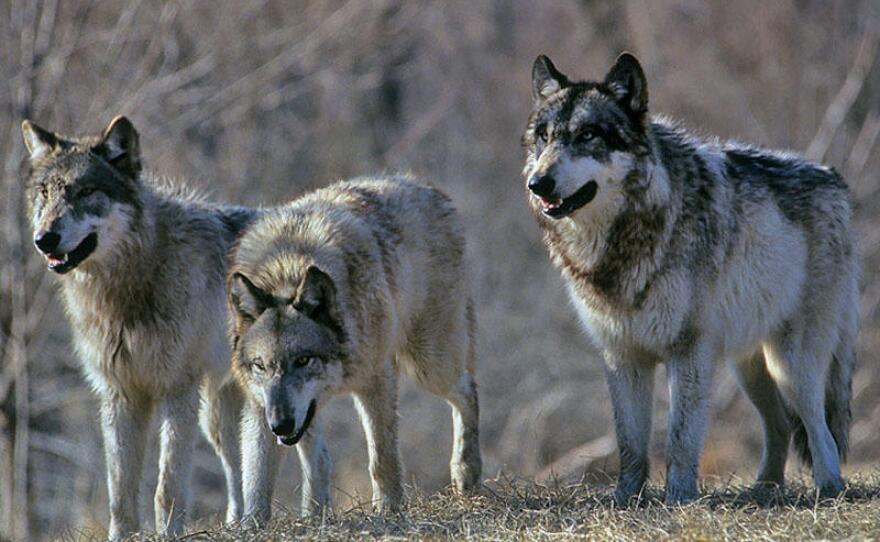The remaining members of a wolf pack in northeastern Washington targeted for extermination by the state are playing hard to get. Late Friday, the Washington Department of Fish and Wildlife pinned another dead calf on the Profanity Peak pack, but disclosed it was unsuccessful in hunting down any of the pack's five surviving members this past week.
"The removal operation of the Profanity Peak pack is ongoing," wrote WDFW Wolf Policy Lead Donny Martorello in an emailed and web-posted update.
Wildlife agents shot two adult pack members from a helicopter in early August after confirming that wolves attacked and killed four cows in the Kettle River Range over the previous month. Two weeks later, four more calves were found dead or injured. That’s when the state agency director opted to exterminate the entire pack. Six of the original 11 pack members have been shot at this point.
"Since July 8, the Washington Department of Fish and Wildlife (WDFW) has documented a total of 13 depredation events on livestock, including eight confirmed and five probable depredations," Martorello reported Friday. He wrote that four ranchers released a total of about 1,500 cattle this summer on federal grazing allotments, which they discovered overlap with the range of the Profanity Peak pack.
The state agency won the backing of major conservation and cattlemen's groups for its action, but has also come under sustained fire from pro-wolf organizations that are not members of a state wolf advisory group.
On Thursday, dozens of animal rights activists demonstrated in Olympia outside WDFW headquarters to decry the wolf culling. Speakers at the protest rally urged the government to retire grazing allotments in the wolves' territory.
Earlier this year, the advisory group and state wildlife managers negotiated a new wolf management strategy that specifies when state officials can take lethal measures to stop livestock predation.
Members of the Wolf Advisory Group represent a wide range of stakeholders: livestock producers, well-known conservation organizations such as the Sierra Club and Defenders of Wildlife, hunters and at least one photographer.
This group will meet again with state wildlife managers outside Seattle in mid-September. They also plan to review the new management protocols this winter.
Gray wolves are colonizing Eastern Washington from Idaho and Canada. In less than a decade, the population of wolves in the state has grown from two to more than 90, divided among about 19 packs. Wolves that roam west of U.S. Highway 97 are protected under the federal Endangered Species Act. Those to the east are primarily state-managed.



